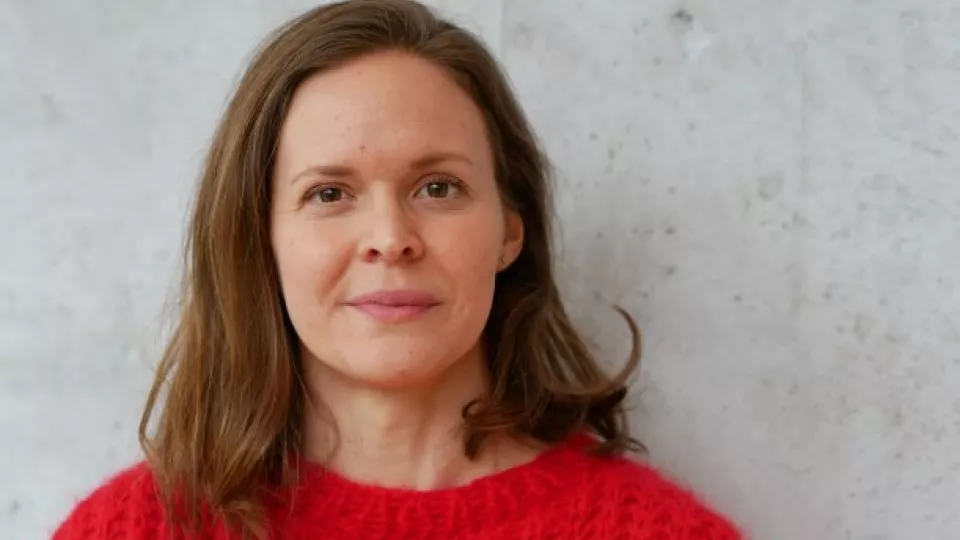“Our physical experiences are actively created in the brain, just like our experiences of the outside world. However, the brain's model of the body does not always match the physical body. If you have lost a body part, you can continue to experience sensory impressions, so-called ‘phantom sensations’, even though the body part no longer exists. In research, we can use this to develop prostheses that feel more like part of one’s own body,” says Ulrika Wijk, a PhD student at Lund University and an occupational therapist at the Hand Surgery clinic at Skåne University Hospital in Malmö who is now presenting her thesis, “Towards a Tactile Artificial Hand”.
Prostheses can often look realistic but fail to provide tactile sensation. A phantom hand map (PHM) is a kind of sensory map located on the forearm or face, which evokes a phantom sensation of touch in the lost hand. This means that nerve impulses on the skin represent the lost hand in the brain. There is often a point for each finger, and PHM is a common phenomenon among amputees. This may be due to a combination of changes in the nerves of the arm and neuroplasticity (the extent to which the brain is changeable and adaptable) following amputation. Previous research has shown that PHM has a direct connection to the representation of the amputated hand in the brain.
“Phantom hand maps are a very effective way to provide intuitive and direct sensory feedback to the brain. Without doing any surgical procedures, we can use the individual's sensory map in a prosthesis to simulate the sensation of touch.”
In order to further develop and implement methods with sensory feedback in hand prostheses without surgery, Ulrika Wijk has investigated prosthetic users' experiences of sensation. In collaboration with engineers at LTH and orthopaedic engineers and technicians at Aktiv Ortopedteknik, the researchers have developed a prototype of a hand prosthesis that employs a simple mechanical solution. Hoses attached to small air cushions in the fingertips of the prosthesis move the pressure to air cushions placed at the points on the user's individual sensory map. When touched, the prosthesis thus sends a direct and natural sensory feedback to the brain.
“After using the prosthesis in a home environment for several weeks, the objective assessments did not demonstrate improved function with the prosthesis. However, users reported an increased feeling that the prosthesis was part of their own body when the direct sensory feedback was generated, giving several participants a sense of wholeness. Although the control of the prosthesis does not improve, the experience of sensation may cause it to be used even more, and that has positive effects on health and quality of life.”
Only individuals with acquired amputation have a PHM, and not people with a congenital absence of a hand. Therefore, Ulrika Wijk also studied whether it is possible to teach the brain to connect sensory stimuli on the forearm to specific fingers. She therefore examined whether it is possible to learn to associate touch at predetermined points on the forearm with specific fingers. Participants were given a two-week training programme with a tactile display attached to a computer that reacts to touch in the form of pressure. Even two weeks after they completed the training programme, their associative capacity remained very good.
“This means that it is possible to train the brain and create a kind of sensory map. I wish to continue to investigate how and when the phantom phenomenon of PHM occurs, and test different ways to implement sensory feedback in hand prostheses. In the long run, we may even be able to find ways to compensate for lost sensation resulting from nerve damage,” says Ulrika Wijk.
